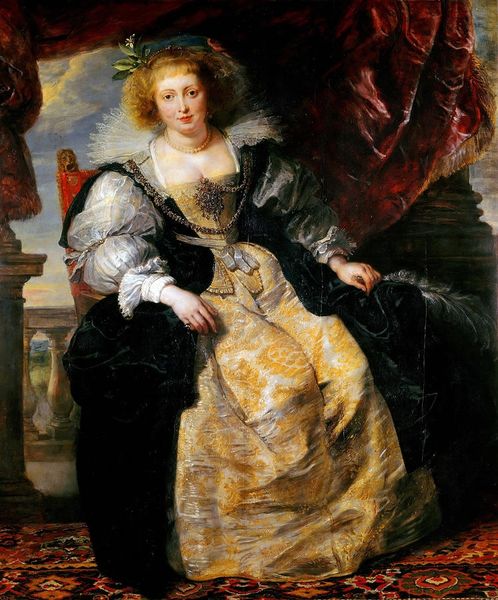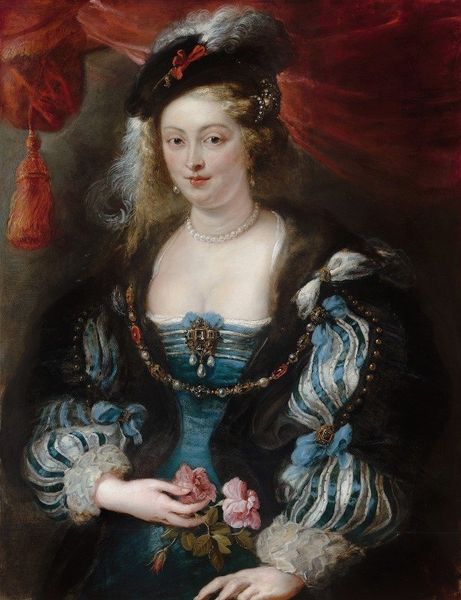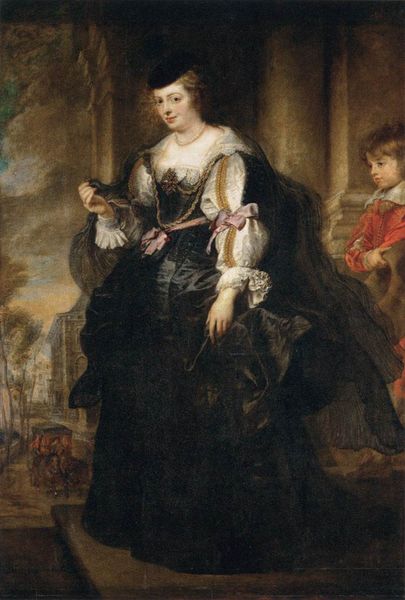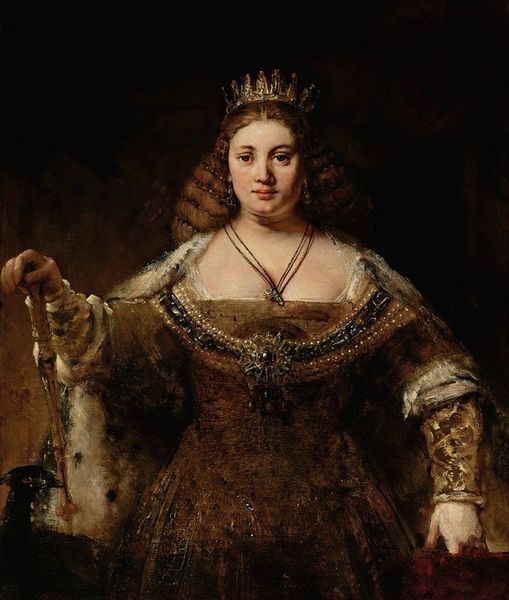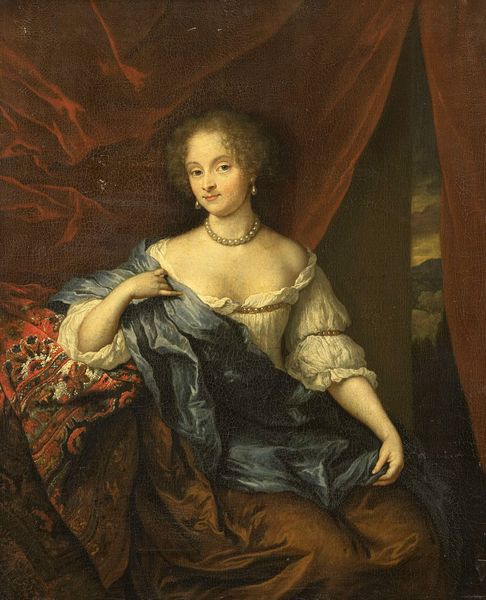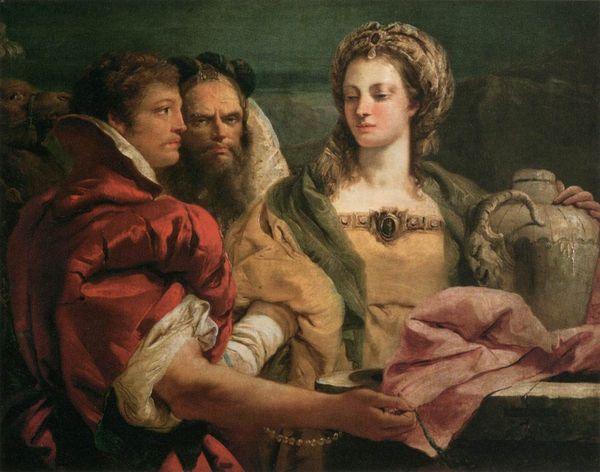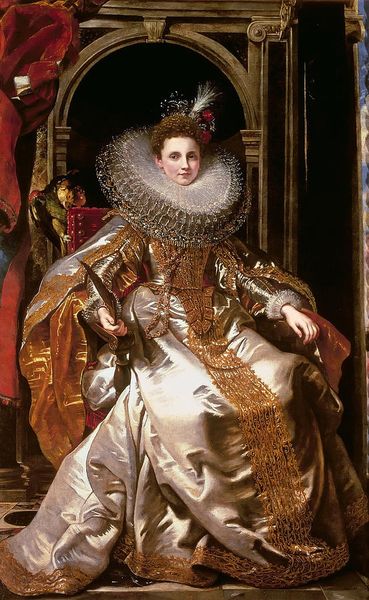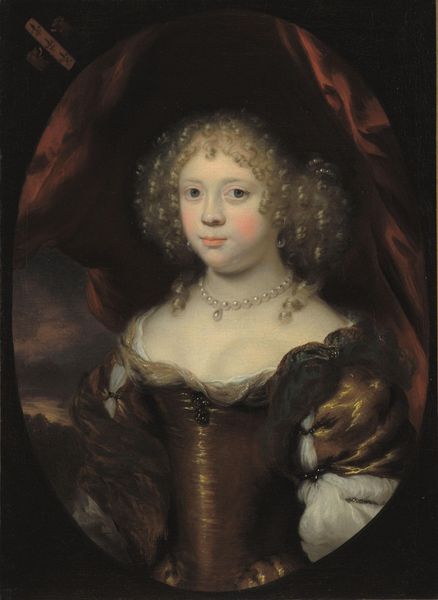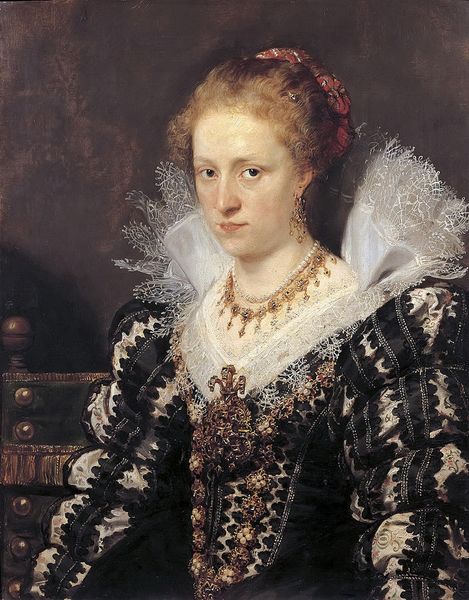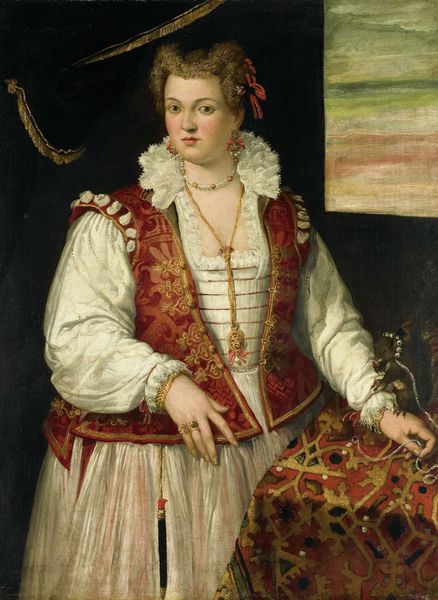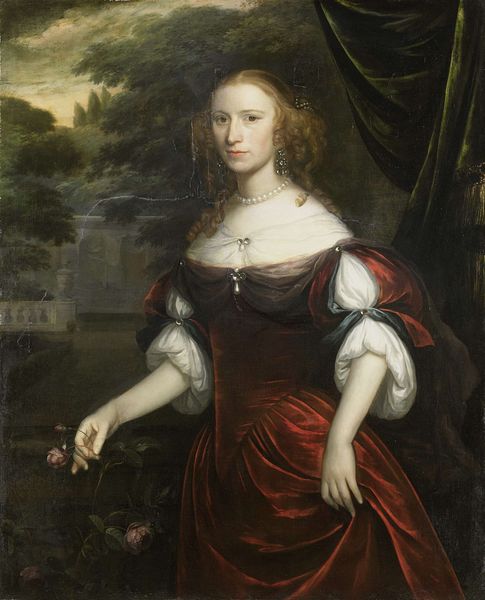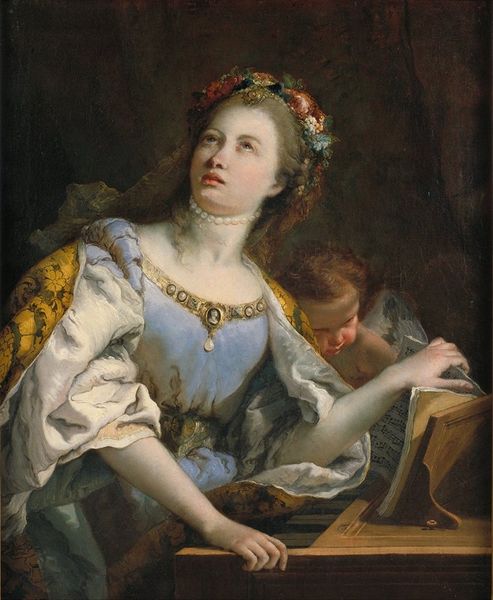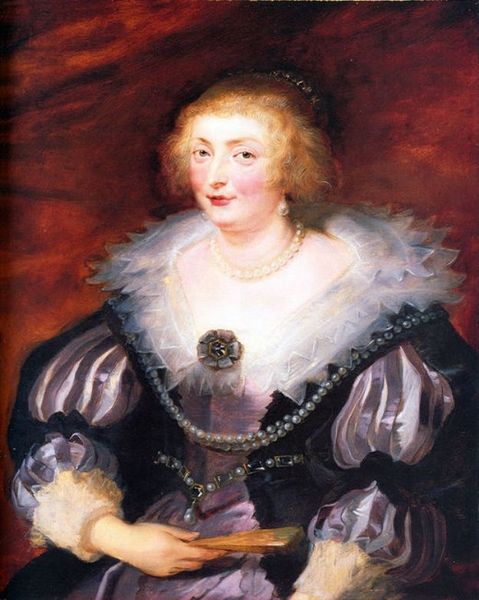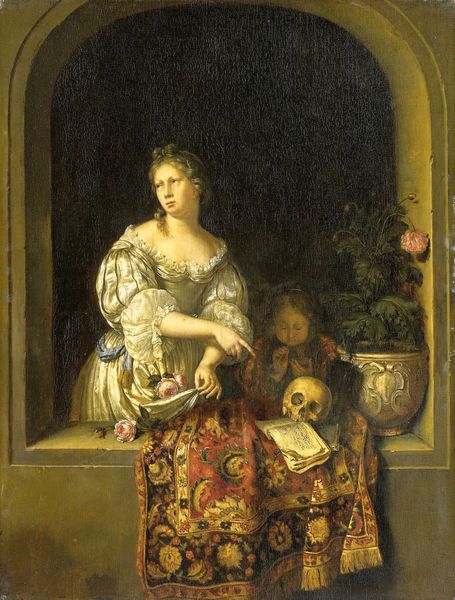
#
character portrait
#
portrait reference
#
portrait head and shoulder
#
animal portrait
#
facial painting
#
facial portrait
#
lady
#
portrait art
#
fine art portrait
#
celebrity portrait
#
digital portrait
Copyright: Public domain
Fede Galizia painted this depiction of Judith with the Head of Holofernes in the early 17th century, using oil on canvas. Here, Judith holds the head of Holofernes, a symbol of victory, but also of the gruesome act she has committed. The motif of the severed head is not unique; it echoes through time, appearing in classical antiquity with Medusa, and in other biblical stories like David and Goliath. What is striking, however, is Judith's gaze. Unlike many depictions that emphasize triumph or piety, Galizia's Judith looks almost melancholic, perhaps contemplative. This introspective portrayal reflects the Renaissance fascination with human psychology, engaging us on a deeply subconscious level. The knife, clutched tightly in her hand, is also a symbol of strength but also of potential violence, a duality that invites the viewer to ponder the complexities of human action and moral ambiguity. This symbolic cycle—from triumph to introspection, from violence to contemplation—reappears continually, reminding us of the intricate dance between action and consequence in the human psyche.
Comments
No comments
Be the first to comment and join the conversation on the ultimate creative platform.
